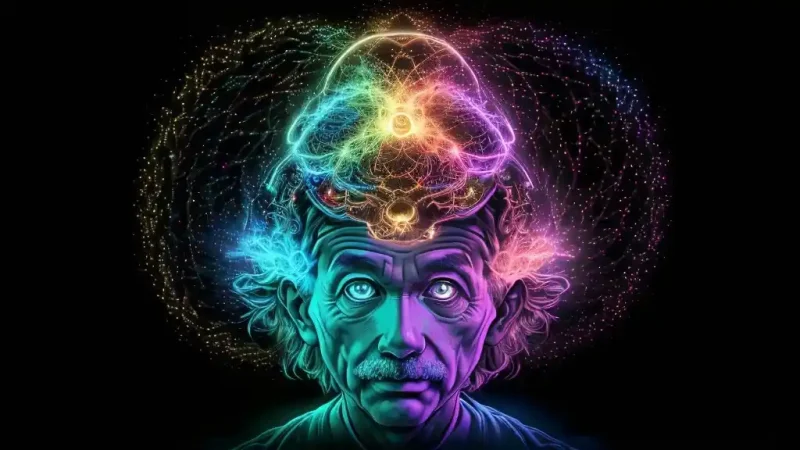You’ve probably heard about “left-brained” individuals who lean towards analysis and logic, and “right-brained” people who are more creative, emotional, and imaginative.
It might seem like some people’s left hemisphere works better, while others excel with their right hemisphere. Some enterprising individuals even suggest deliberately training and strengthening the weaker side, like engaging in right-brained drawing or delving deep into mathematics. Don’t believe that!
Yes, the brain’s hemispheres are not mirror twins, although they look similar.
Yes, different brain regions are responsible for specific tasks, such as speech, thinking, forming visual and auditory images, and more.
But the brain is still a unified system, a large corporation, where parts work not separately but as a whole.
In reality, there are no divisions into “right” and “left,” as indicated by neurobiological research.
Whether you’re planning to compose a piano piece (creativity) or pondering over Fermat’s theorem (logic), the entire brain is involved in processing information.
Almost instantaneous communication takes place between the hemispheres through a special structure called the corpus callosum.
The corpus callosum is the largest bundle of white matter fibers, facilitating numerous neural pathways between the two hemispheres that can participate in any neural process.
And it only takes 20 milliseconds for this great communicator to relay impulses from the creative to the logical hemisphere or vice versa.
Moreover, the thicker this “bundle” is, the more cognitively productive a person tends to be.
For instance, Einstein had a thicker corpus callosum not only compared to a group of men his age but even compared to younger individuals (Weiwei Men et al., 2014).
The morphology of his corpus callosum, among other features of his brain, possibly contributed to his exceptional cognitive abilities and remarkable intellectual experiments as a genius.
Researchers believe that the enhanced communication between hemispheres through a thickened corpus callosum allowed Einstein to “access” extraordinary spatial images and possess outstanding mathematical abilities.
So, the corpus callosum might finally bridge the gap between “physicists” and “poets.”
People have the ability to switch rapidly between creativity and logic and utilize resources from both hemispheres as needed.
And perhaps, the only thing that separates us from genius is the speed of communication between hemispheres, which could be improved.
In 2022, a group of scientists conducted research and found that Ayahuasca leads to thickening of the corpus callosum, thereby improving the transmission of information between hemispheres and different brain regions (Simonsson et al., 2022).
Moreover, those who consumed Ayahuasca more frequently had a thicker corpus callosum compared to participants with less experience with the substance (although the limited number of participants in the study prevented a definitive conclusion in this direction).
Additionally, it was observed that none of the control group (without Ayahuasca) had a thicker corpus callosum than anyone in the Ayahuasca group.
The researchers note that their results are preliminary and require further studies with a larger number of participants. However, these findings provide an excellent basis for further exploration of Ayahuasca’s application in the treatment and prevention of certain motor and neurodegenerative disorders.
In conclusion, Ayahuasca enhances both creative and logical thinking. And, perhaps most importantly, it improves communication between hemispheres and coordinates the process of using both types of thinking as needed for the individual.
Of course, Ayahuasca won’t turn us all into Einsteins, but it certainly gives everyone a real opportunity and a significant chance to become a genius and creator in their own universe by embarking on a journey to the jungle and learning from Madre.
References:
Simonsson, O., Bouso, J. C., Kurth, F., Araújo, D. B., Gaser, C., Riba, J., & Luders, E. (2022). Preliminary evidence of links between ayahuasca use and the corpus callosum. Frontiers in Psychiatry, 13. https://doi.org/10.3389/fpsyt.2022.1002455
Weiwei Men , The corpus callosum of Albert Einstein‘s brain: another clue to his high intelligence?, Brain, Volume 137, Issue 4, April 2014, Page e268, https://doi.org/10.1093/brain/awt252
Previous parts:Influence of Ayahuasca on Thinking and Other Brain Functions





